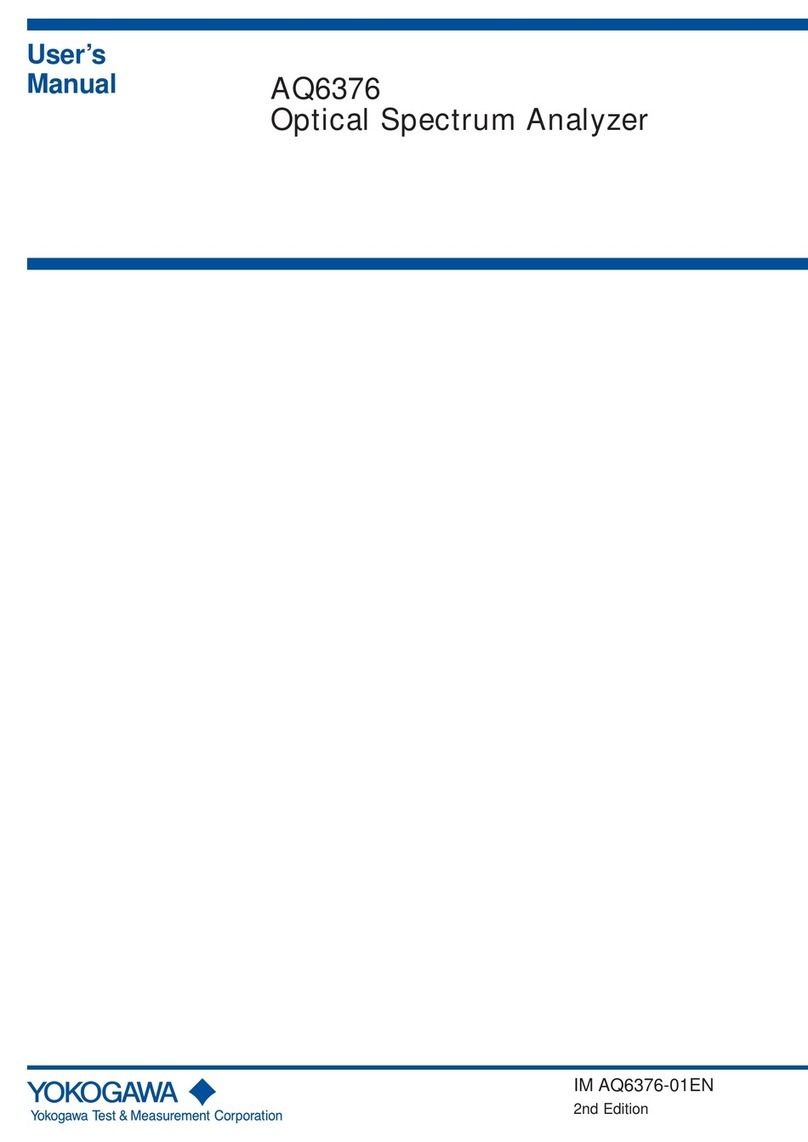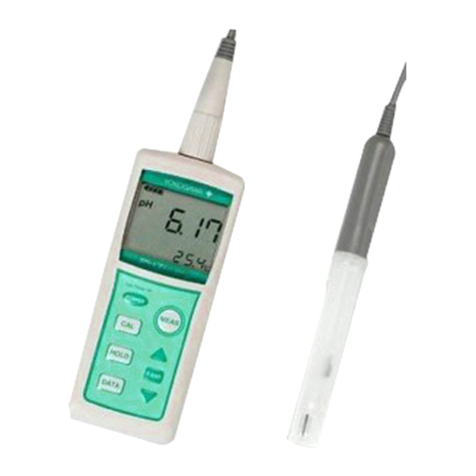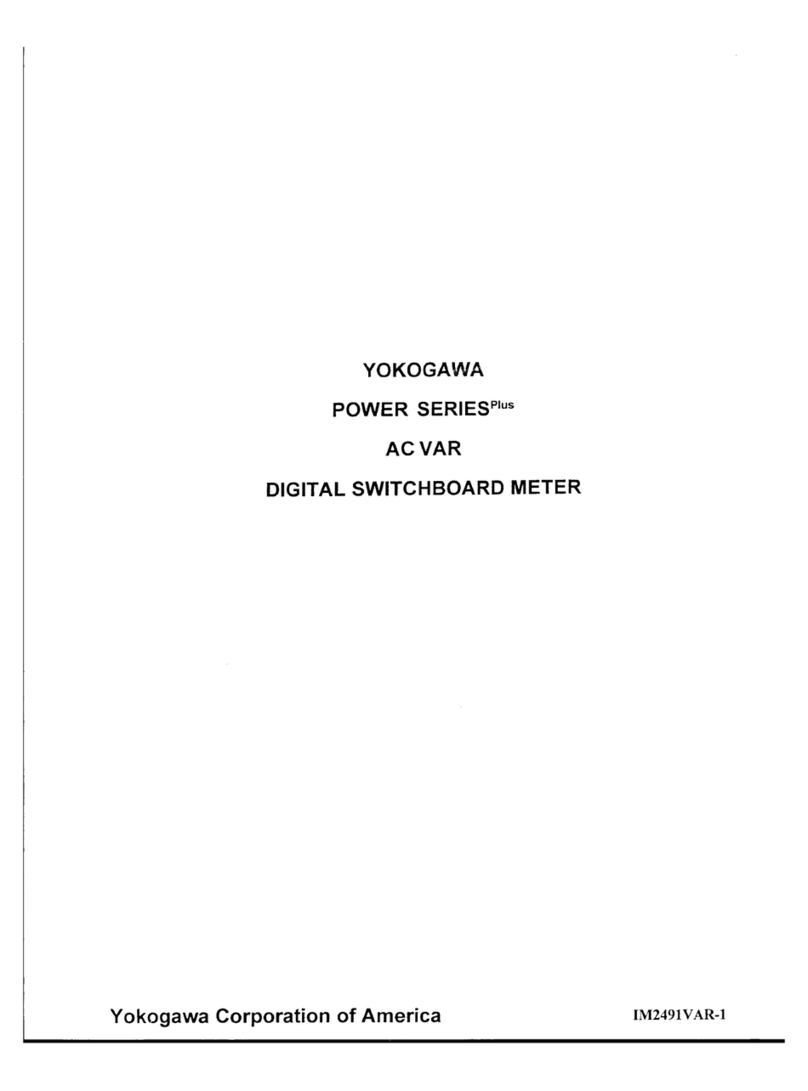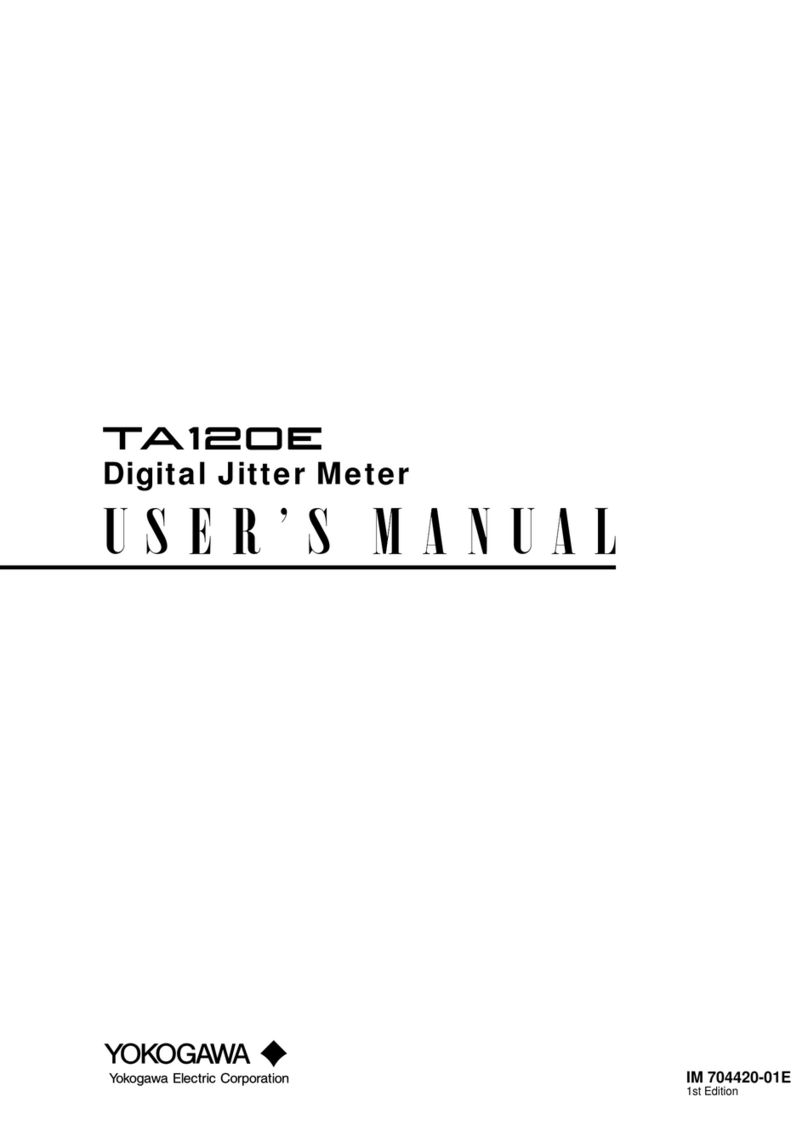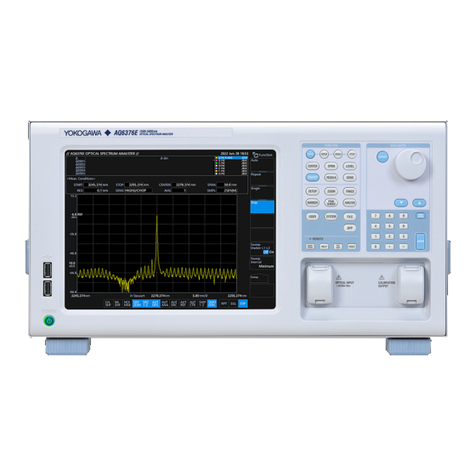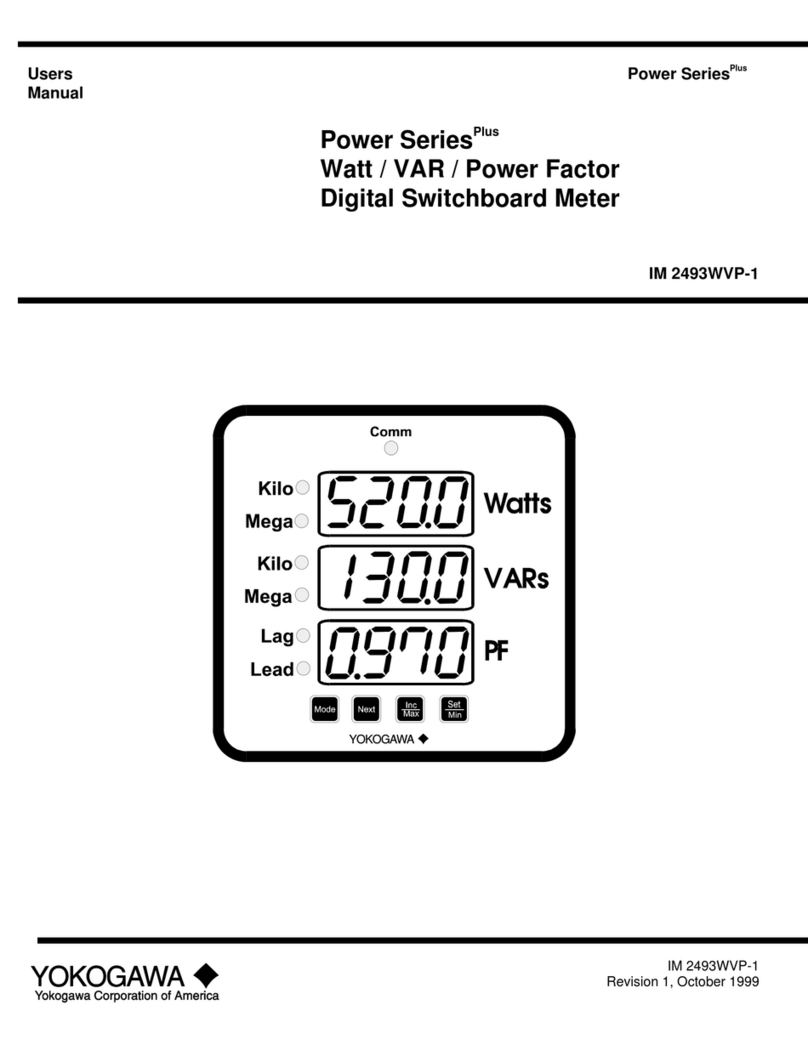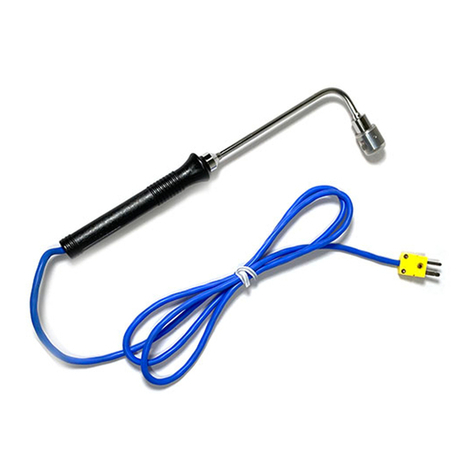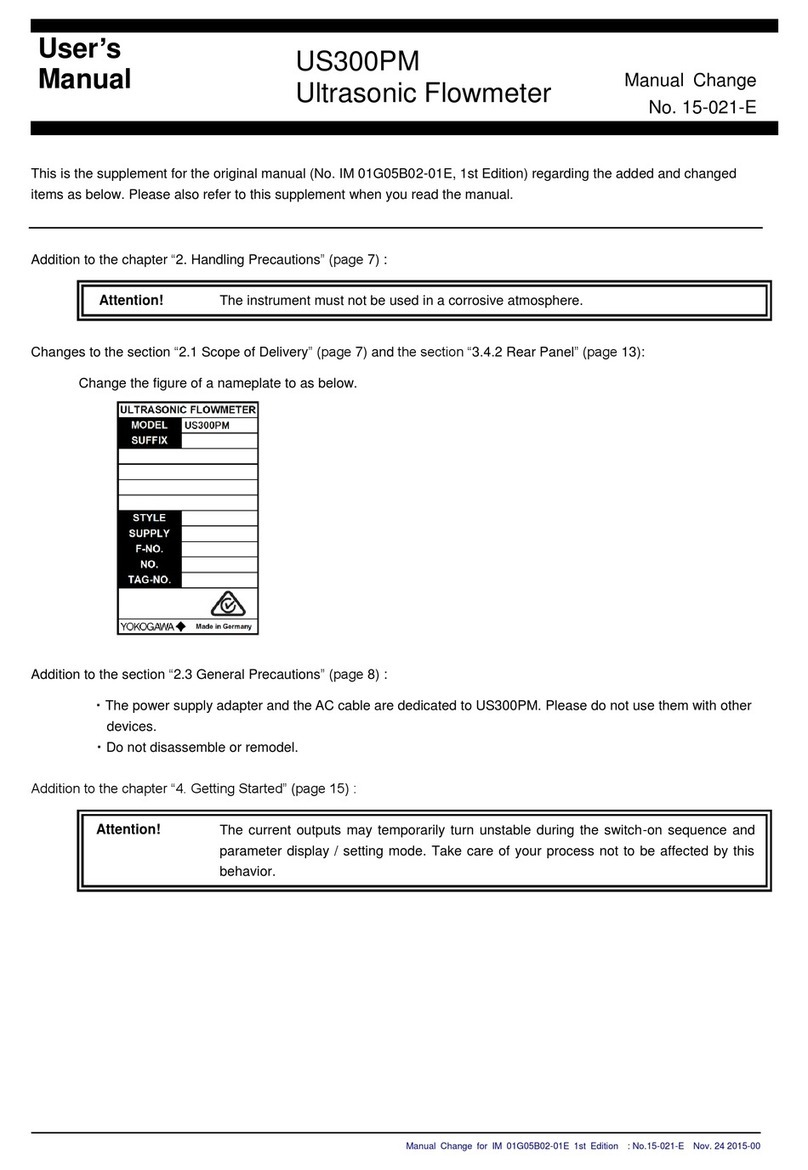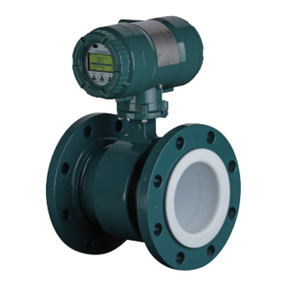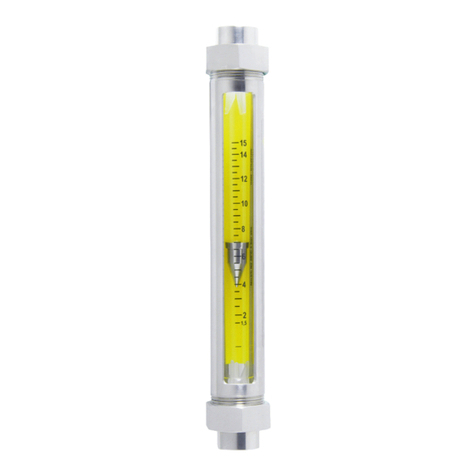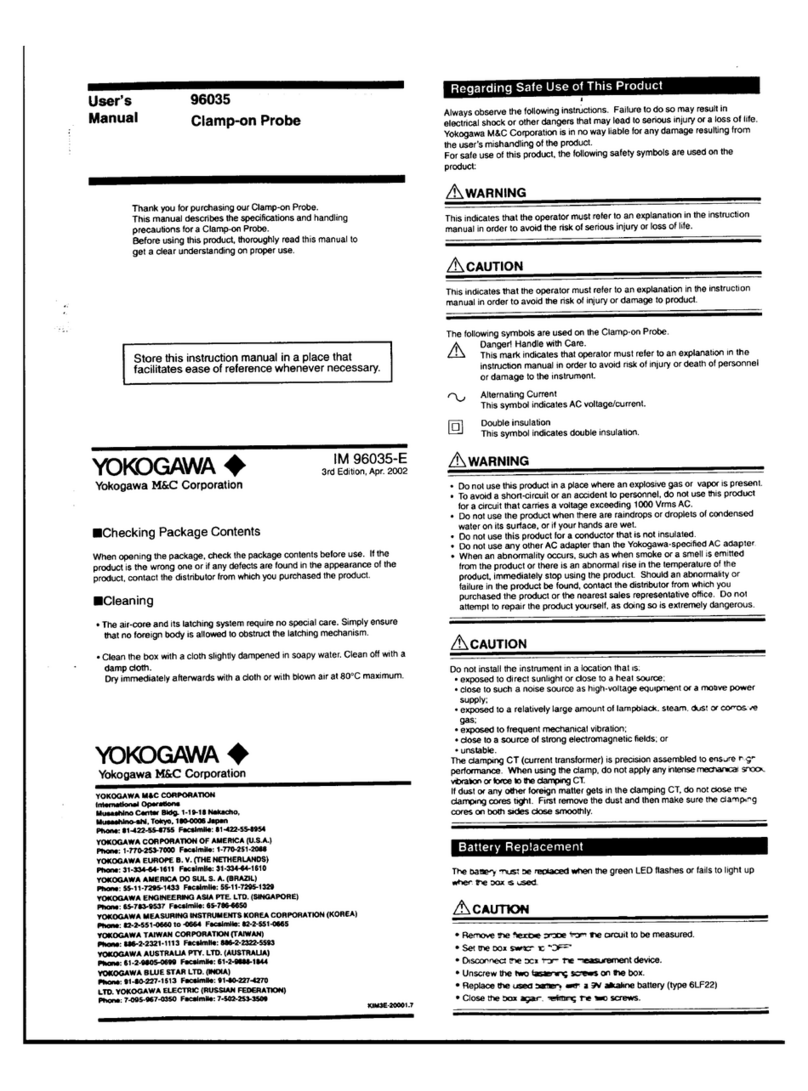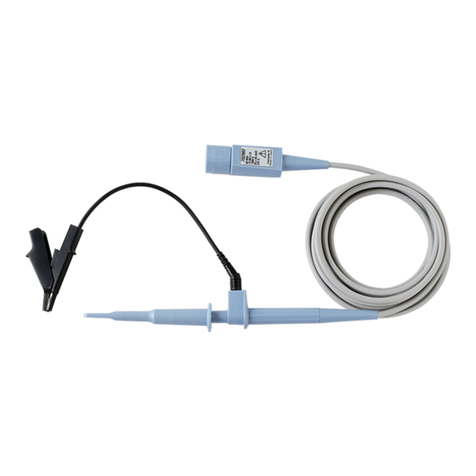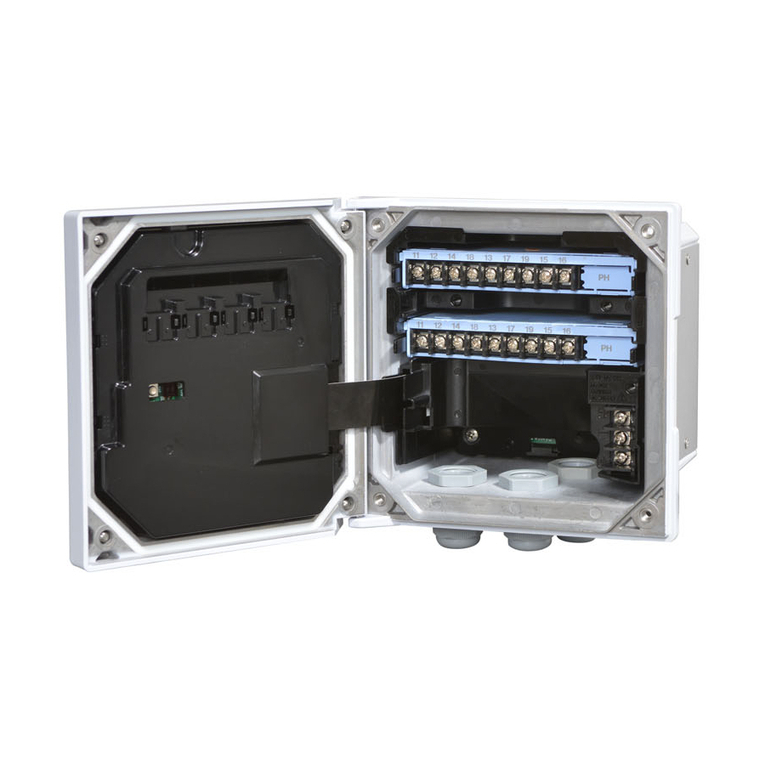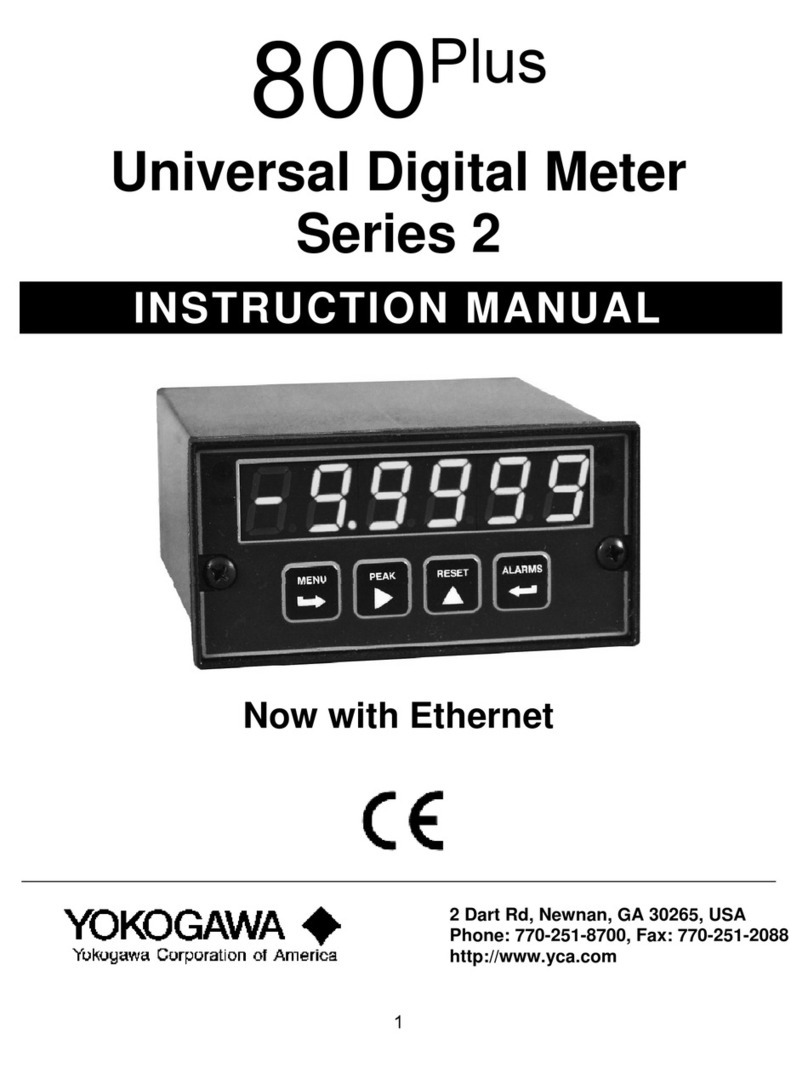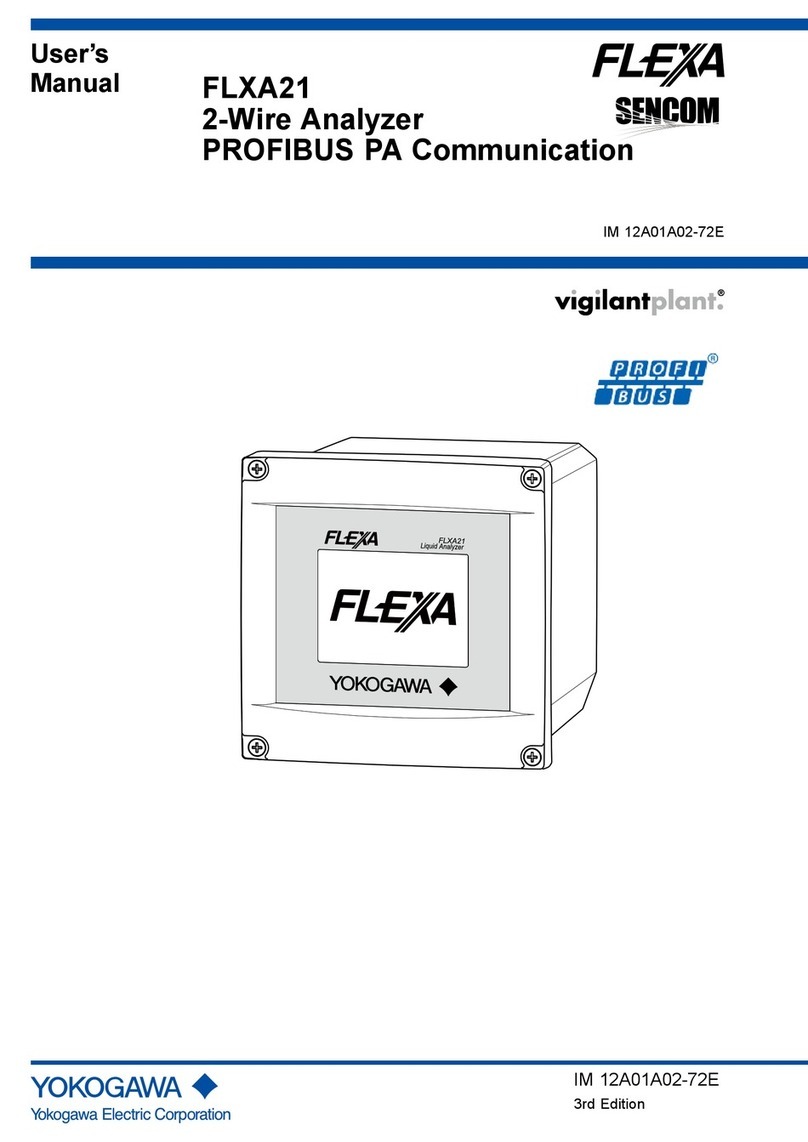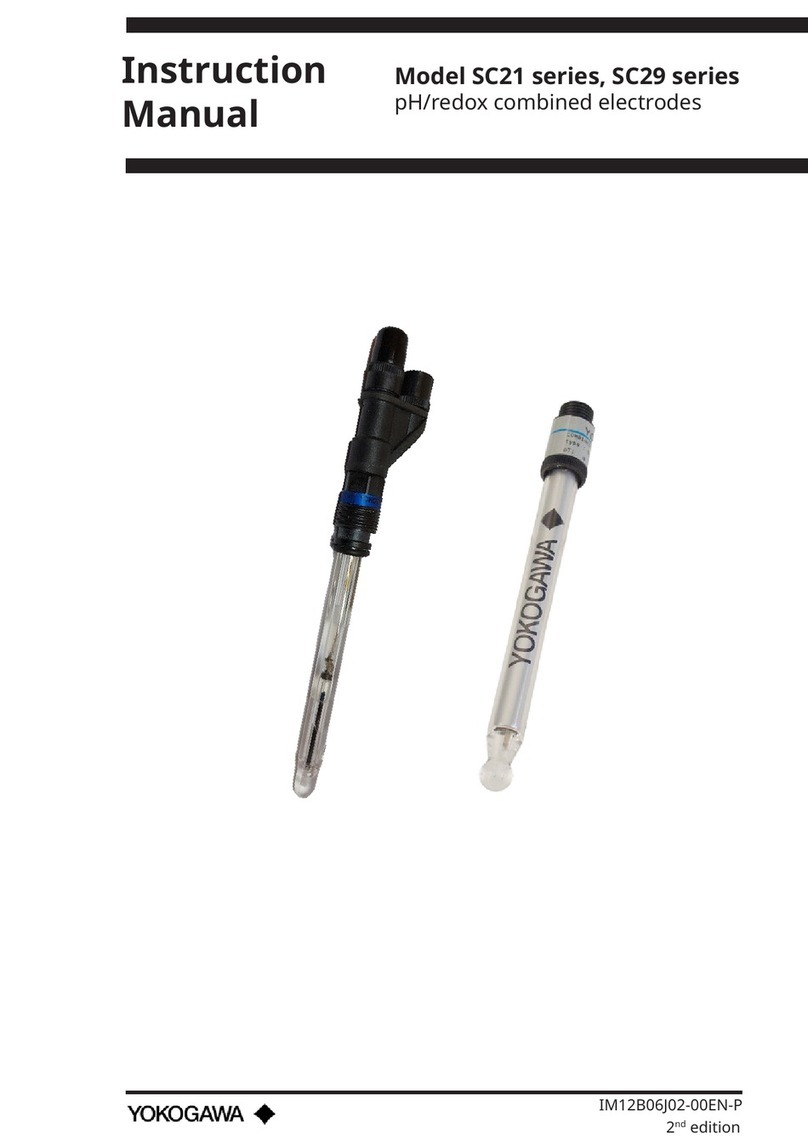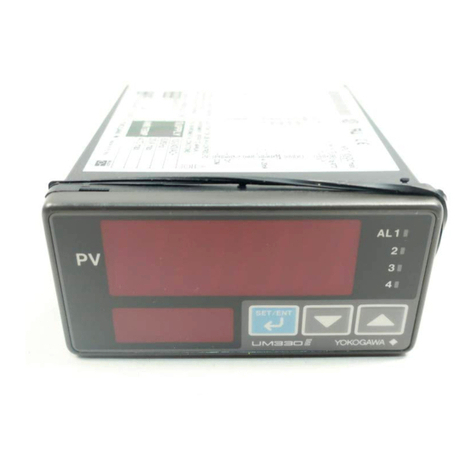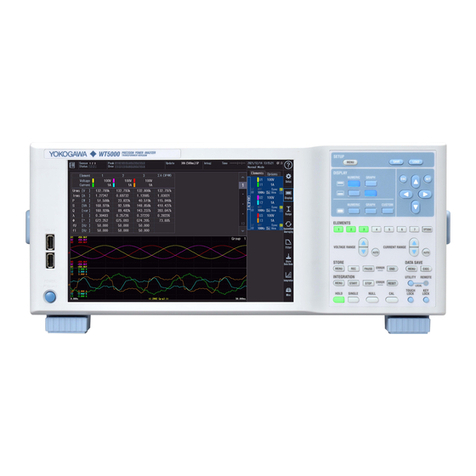
Toc-2
IM 12Y18A03-01EN 1st Edition : Oct. 04, 2019-00
4.8 Oine Calibration Procedure.......................................................................... 4-7
5. Analyzer Maintenance ............................................................................. 5-1
5.1 Maintenance Schedule..................................................................................... 5-1
5.2 Weekly Maintenance......................................................................................... 5-1
5.3 Bi-Weekly Maintenance.................................................................................... 5-1
5.4 Monthly Maintenance ....................................................................................... 5-2
5.4.1 Calibration.......................................................................................... 5-2
5.4.2 Replacement of Sample Inlet Filter.................................................... 5-2
5.4.3 Polish Iodide Electrode ...................................................................... 5-2
5.4.4 Air Pump Check ................................................................................. 5-2
5.4.5 Replacement of Reagent and Diusion Tubing Assembly ................ 5-2
5.5 Yearly Preventive Maintenance ....................................................................... 5-4
5.5.1 Electrodes .......................................................................................... 5-4
5.5.2 O-ring Replacement........................................................................... 5-4
5.5.3 Replacement of Restrictor Tubing ..................................................... 5-4
6. Troubleshooting ....................................................................................... 6-1
6.1 Diagnostics Mode ............................................................................................. 6-1
6.1.1 Calibration Log................................................................................... 6-1
6.1.2 Error List............................................................................................. 6-2
6.1.3 Measurement Log.............................................................................. 6-2
6.1.4 Status Log .......................................................................................... 6-3
6.1.5 Software Revision.............................................................................. 6-3
6.1.6 Electronics Serial Number ................................................................. 6-3
6.1.7 mV and Noise Measurements ........................................................... 6-3
6.1.8 mA Output Values .............................................................................. 6-3
6.1.9 Display Test........................................................................................ 6-3
6.1.10 Keypad Test ....................................................................................... 6-4
6.2 Slope Problems................................................................................................. 6-5
6.2.1 Low Slope .......................................................................................... 6-5
6.2.2 High Slope.......................................................................................... 6-5
6.2.3 Troubleshooting Matrix ...................................................................... 6-6
6.3 Error/Event Codes ............................................................................................ 6-7
6.4 Resetting the Analyzer ..................................................................................... 6-9
6.4.1 Hard Reset....................................................................................... 6-10
6.4.2 Serial Number and Software Revision............................................. 6-10
Revision Record.......................................................................................................i
